Plaster Vs Paint: Why Plaster is the Hot New Trend

I have a big, hot trend to share with you. Plaster is the new paint! Let me give you tips and ideas about using plaster vs. paint so you can make your choice. I see this trend across the board in commercial and residential design. This is a great DIY project, too.
Plaster vs Paint
Advantages of plaster
Painting with plaster gives a room a more earthy, natural feeling. Plaster gives walls just enough texture to hide some imperfections with drywall seams and joints.
It’s also a great way to hide imperfections if you have children at home who love touching walls. Plaster is also easily repairable since it’s textured as opposed to paint where you always can see a patch of new paint, especially on dark walls.
Types of plaster
Let’s talk about the different types of plaster. There is plaster, paint, and paint on plaster. The different types of plasters result in basically the same look. Plaster is an aggregate of materials, such as marbles. There’s lime wash, which is pretty easy to apply. There are options for interior, exterior, low VOC (volatile organic compounds), and zero VOC.
Plaster in wet rooms
You can also use it in bathrooms and showers–it is a waterproof solution if used correctly. If you use it in a bathroom, you want to make sure the material's pores, such as Venetian plaster, clay, or lime plaster have small pores.
I would not recommend a product with bigger pores like Marittimo from American Clay, which includes crushed shells and will hold moisture and create pockets of mold.
Keep the plaster product as smooth as possible in a moist environment so the water can run right off the surface. You will also need to seal the plaster properly in a bathroom.
As much as I love tile, there’s a shift away from tile backsplashes. We are seeing so many more marble backsplashes in kitchens and bathrooms. Plaster is a great option for wet areas.
Plaster manufacturers
Here are a few of my favorite plaster manufacturers:
Color Atelier
Color Atelier is a company out of San Francisco and they have DIY lime plaster paints. This is a company run by a couple, one of whom is a paint chemist from France. They have affordable options for DIY projects.
Sydney Harbour Paint Company
Sydney Harbour offers many a ton of colors, stone grit textures, and sheens. I think low-sheen plaster is the way to go. High-sheen is more of a fancy, Venetian plaster look. The stone grits are great–it feels like you have the earth painted on your walls.
Vasari Lime and Plaster Paint
Vasari is an Italian company. It’s a bit more expensive but they have cool options and exterior products with UV protection to prevent fading. The products are also hypoallergenic, durable, and resistant to mold and fungus–all the keywords designers love to see because it means low maintenance.
American Clay
American Clay is based in Albuquerque, New Mexico. They have tons of textures and they have a good color palette.
Portola Paints
Portola Paints has pretty options but just a fair warning that it’s tough to reach them so they need some work on the customer service end.
Inspiration
Let me show you some inspirational images using plaster. Here’s another important tip: If you do a plaster room, paint the ceiling with plaster, too. Plaster is supposed to feel very inclusive and seamless so the entire room needs to be painted with plaster.
Ceilings with plaster
Heavier textured plaster wall
Kitchen with plaster
Neutral plasters
Cost comparisons of paint vs. plaster
I was actually surprised by the research. Paint runs anywhere from $3 to $6 per square foot. Plaster runs between $5 and $10 a square foot. Plaster is not that much more expensive than paint. For all the benefits of plaster–it’s more natural, more forgiving, better for you and the environment–it’s a great value.
Paint vs. plaster
I hope you can see why I love plaster and believe it’s the new paint. What do you think of painting with plaster? Or, do you still want to use paint instead of plaster? Let me know if you’ve used plaster vs. paint or if you plan on using plaster in your home.

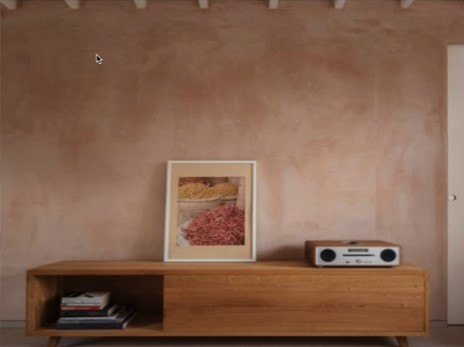
























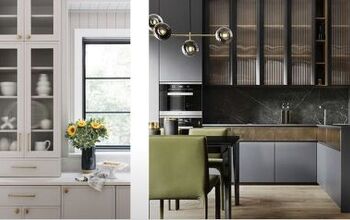
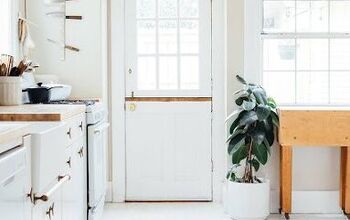
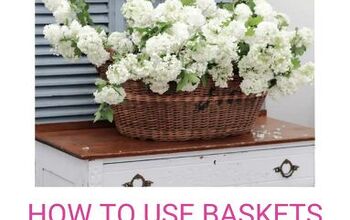
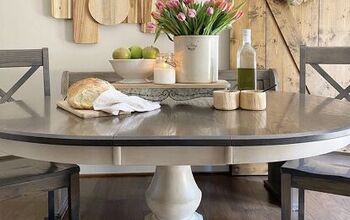
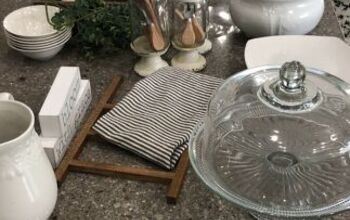
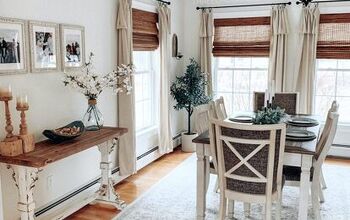

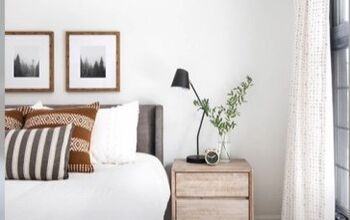


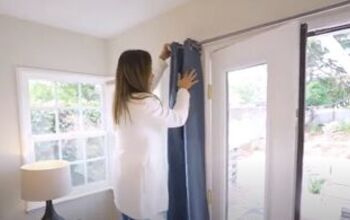

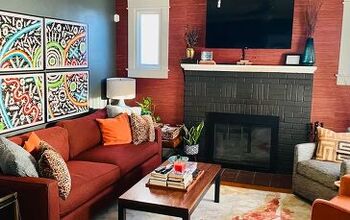

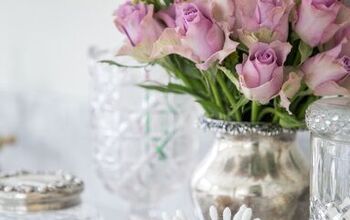

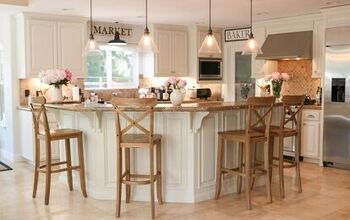

Comments
Join the conversation